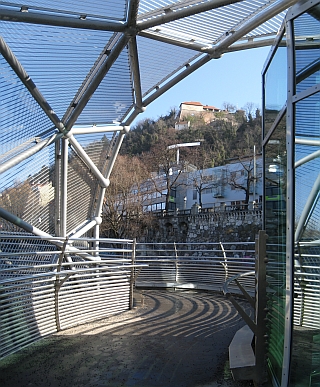Sustainable Design Through Interoperability: BIM and Energy Analysis Programs, a Case Study
Keywords:
BIM, energy analysis, interoperability, Autodesk Revit, IES <VE>, sustainable design toolAbstract
Building information modeling (BIM) is being marketed as one possible solution in providing architects a tool to help with sustainable design, a descriptive building component tool that would provide the missing link between CAD programs and performative energy analysis programs. The intent of this study was to assess whether BIM software was robust enough to allow seamless interoperability of its building model with the analytical model. The BIM software used for the study was Autodesk Revit MEP [AUTODESK] and for energy analysis IES [IES] was chosen because of its integration with Revit MEP. The other part of the study improved upon the MEP-IES interface by building a Revit template file, designed as a “patch” to address the gap between these programs. This template file defined a set of Revit MEP families that derived their values from the IES Apache construction database. This template file could be imported into a Revit project, making the BIM model more accurate and informative, when used in conjunction with IES .Downloads
Downloads
Published
How to Cite
Issue
Section
License
Authors who publish in this journal agree to the following terms:
a) Authors retain the copyright and grant the journal the right of first publication, with the Project simultaneously licensed under the Creative Commons Attribution License that allows the sharing of the Project with recognition of the authorship and initial publication in this journal.
b) Authors are authorized to assume additional contracts separately for the non-exclusive distribution of the version of the Project published in this journal (e.g., publishing in an institutional repository or as a book chapter), indicating that it was originally published in this journal, with a link to the article.








 Todo o conteúdo de Cadernos de Pós-Graduação em Arquitetura e Urbanismo está licenciado sob
Todo o conteúdo de Cadernos de Pós-Graduação em Arquitetura e Urbanismo está licenciado sob 